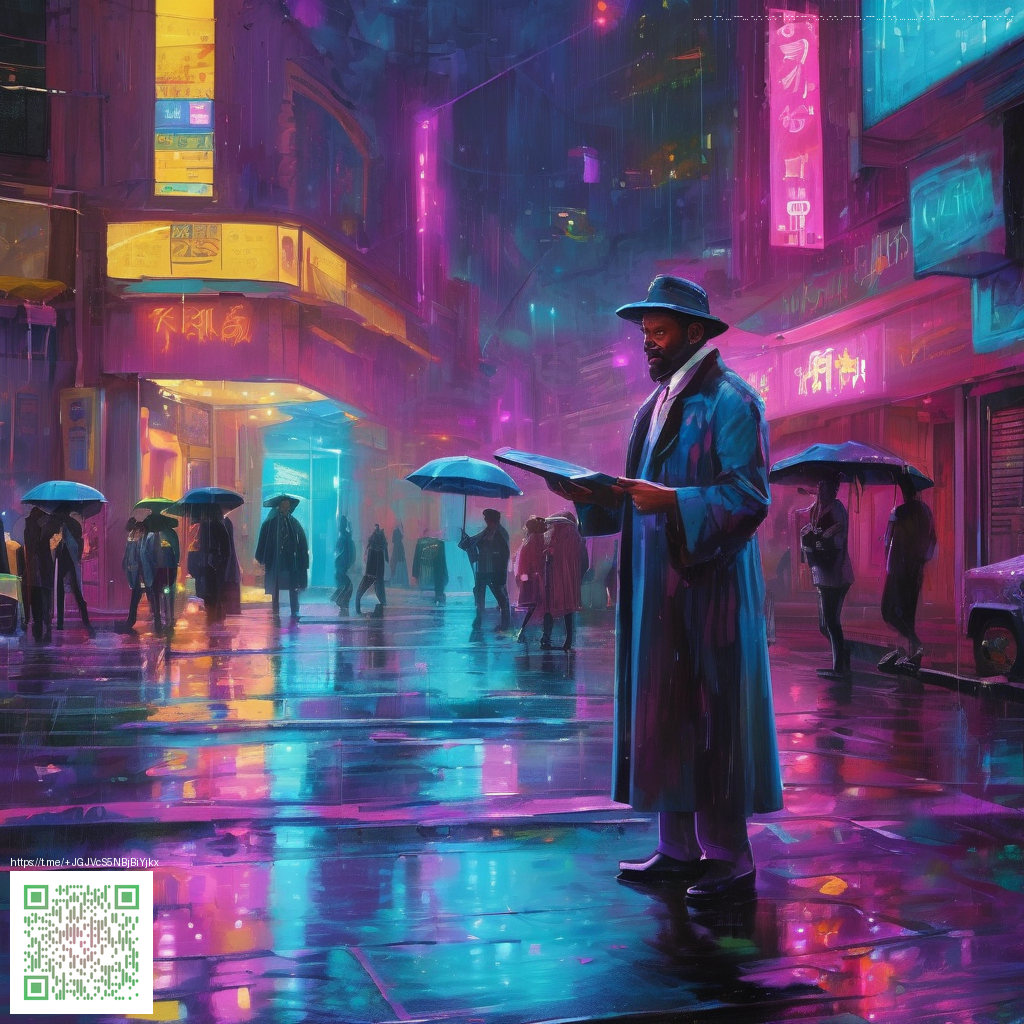
Understanding Texture Optimization Across Platforms
In modern game pipelines and cross-platform apps, textures are a critical lever for smooth gameplay. Each device family—PC, consoles, mobile—has its own memory budget and bandwidth constraints. The result is a need for a unified approach that scales gracefully without sacrificing visual fidelity. The goal is to deliver crisp surfaces on a high-end desktop while ensuring mobile devices still render without stutter or excessive loading.
Key to this balance is selecting the right compression formats. Across platforms, you’ll typically map to BC family textures on Windows and console pipelines, and to ETC2 or ASTC on mobile, with ASTC often providing the best compression-to-quality trade-offs for phones and tablets. A practical rule of thumb is to design an asset library that includes multiple compressed variants and a robust fallback path when a target format isn’t available. This cross-platform strategy keeps memory usage predictable and reduces time spent in texture decompression during critical frames.
Core Techniques for Cross-Platform Efficiency
- Texture atlases consolidate many small textures into a single sheet, cutting draw calls and enabling better batching. This is especially valuable on mobile devices where state changes and texture binds can be costly.
- Mipmaps generate multiple levels of detail. Proper mipmapping reduces aliasing and memory bandwidth, which translates to steadier frame rates on devices with limited GPU power.
- Streaming and mip-level bias allow textures to load at a lower quality when memory is constrained, then ramp up as frames-per-second stabilizes. This dynamic approach keeps scenes responsive under varying workloads.
- Texture resolution planning aligns asset resolution with target displays. A 4K texture or a 512x512 texture may be overkill on mobile; planning per platform preserves crispness where it matters most without bloating memory.
- Color space and gamma awareness ensures colors remain consistent across devices. Using sRGB for color textures and linear workflows for lighting calculations can dramatically influence perceived detail and performance.
- Streaming budgets and memory pools define how aggressively textures are retained in memory. Establish rules for per-scene budgets and use memory profiling to prevent spikes that cause frame drops.
For teams refining a cross-platform texture strategy, a small diagram can illuminate how data flows from asset creation to GPU memory. Here’s a visual placeholder that echoes the concept.
“The magic isn’t in a single trick, but in a coordinated pipeline that adapts texture quality to device capability without surprising the user.”
On the hardware side, stay connected to the ecosystem by referencing assets and accessories that align with your target devices. If you’re exploring how hardware form factors influence usability and aesthetics in gaming or interactive apps, a related resource can provide broader context: Cross-Platform Texture Topics. And for teams designing mobile experiences, this practical product page offers a real-world example of how hardware choices intersect with user expectations: Slim Phone Case for iPhone 16 – Glossy Lexan, Ultra-Thin.
While the article’s focus is texture optimizations, the principle translates across platforms: design with constraints, measure with purpose, and evolve with feedback. By combining atlas strategies, smart compression, and streaming techniques, developers can push both quality and performance in harmony. The upshot is a more consistent frame rate, a smaller memory footprint, and a more scalable pipeline as new devices enter the ecosystem.